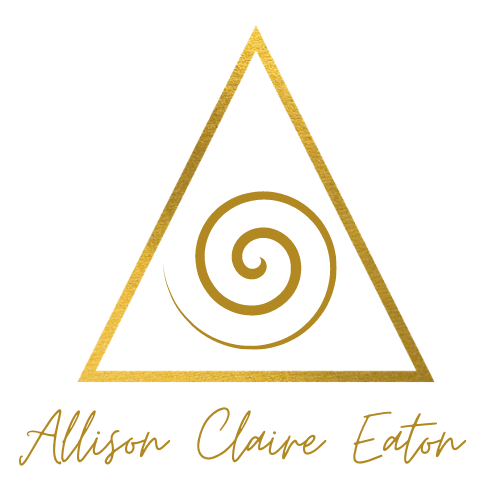What is Reiki? The History and Foundations of Japanese Healing Practice
Reiki, a Japanese healing technique, is increasingly recognized for its gentle approach to balancing energy, reducing stress, and promoting overall wellness. Originating in Japan in the early 20th century, Reiki is grounded in the idea that a universal life force energy flows through each of us. Practitioners believe that when this energy is low or imbalanced, it can affect physical, emotional, and spiritual health. But what exactly is Reiki, and how did it come to be a sought-after healing method around the world? Let’s explore its history, philosophy, and how it works in practice.
The Origins of Reiki and the Life of Mikao Usui
The history of Reiki begins with Mikao Usui, a Japanese scholar and Buddhist monk who developed this healing method in the early 1920s. Usui was deeply interested in the healing powers attributed to ancient texts, spiritual practices, and energy work. His quest to understand and channel healing energy is said to have included studying various ancient scriptures and meditative practices. According to popular accounts, Usui experienced a transformative enlightenment on Mount Kurama after a 21-day period of fasting and meditation. This experience is believed to have granted him a profound ability to channel healing energy, which he later named "Reiki."
Reiki means "universal life energy" in Japanese, derived from the words "rei" (universal) and "ki" (life energy). Usui’s system of Reiki spread quickly in Japan, and he taught a limited number of students, passing on what he described as the ability to channel Reiki energy. Over time, Usui's teachings and methods were adapted and further disseminated globally, particularly after one of his students, Chujiro Hayashi, passed the teachings on to Hawayo Takata, a Japanese-American practitioner who introduced Reiki to the West in the late 1930s.
Understanding the Philosophy of Reiki
At its core, Reiki is founded on the belief that an unseen "life force energy" flows through everyone and everything. According to this philosophy, a person’s vitality, emotional state, and overall health are influenced by the balance and flow of this energy. Practitioners believe that Reiki can help remove energetic blockages, promote relaxation, and support the body’s natural healing processes.
Reiki’s philosophy also emphasizes mindfulness, gratitude, and ethical living. Usui's original teachings included principles that encourage practitioners to live a balanced life by cultivating qualities like patience, compassion, and humility. These principles, often called the "Five Reiki Principles," serve as a moral and ethical foundation for practitioners:
Just for today, do not worry.
Just for today, do not anger.
Honor your parents, teachers, and elders.
Earn your living honestly.
Show gratitude to every living thing.
These principles are recited by many practitioners as a form of daily mindfulness, supporting a state of mental calm that is conducive to effective energy healing.
How Does Reiki Work?
Reiki is often referred to as a "hands-on" healing technique, but it can also be practiced with the hands hovering over the body or from a distance. In a typical Reiki session, a practitioner lightly places their hands on or above specific areas of the body, believed to correspond to key energy points or chakras. Through a process known as "attunement," Reiki practitioners are trained to channel healing energy from a universal source to the recipient, intending to harmonize their energetic flow and promote balance.
Sessions generally last between 30 to 90 minutes, depending on the individual's needs. During a session, recipients typically experience deep relaxation, and some report sensations like warmth, tingling, or gentle pressure in areas where the practitioner is working. It’s believed that these sensations result from the flow of energy as it works to clear blockages and restore balance.
Scientific Perspectives on Reiki
While Reiki is widely regarded as a complementary therapy, scientific studies on its effects remain limited, and it is generally categorized as a holistic approach rather than a medical treatment. However, some research has shown promising results, with studies suggesting that Reiki can help reduce stress, improve mood, and promote feelings of relaxation. Hospitals and wellness centers worldwide are beginning to integrate Reiki as part of complementary treatment plans, particularly in areas such as cancer care, palliative care, and chronic pain management.
The Role of Reiki Practitioners
Practitioners of Reiki undergo specific training and attunements to be able to channel Reiki energy. Typically, training is divided into three levels, often referred to as Reiki I, II, and Master Level. Each level introduces the practitioner to increasingly complex techniques and symbols, believed to enhance their ability to channel energy effectively.
In the first level, practitioners learn the basics of energy healing and hand placement. The second level often includes learning specific symbols used to focus energy and conduct distance healing, which allows practitioners to perform Reiki across physical space. The Master Level is the final stage of training, where practitioners are taught advanced techniques and can attune others to the Reiki practice.
Conclusion: The Path of Healing through Reiki
Reiki's gentle yet powerful healing approach continues to attract individuals seeking balance, relaxation, and spiritual growth. While Reiki is not a replacement for medical care, many people find it to be a valuable complementary practice that supports their well-being. With roots in Japanese spirituality and a growing body of modern practice, Reiki remains a fascinating and accessible path to explore for those interested in energy healing and holistic wellness.

